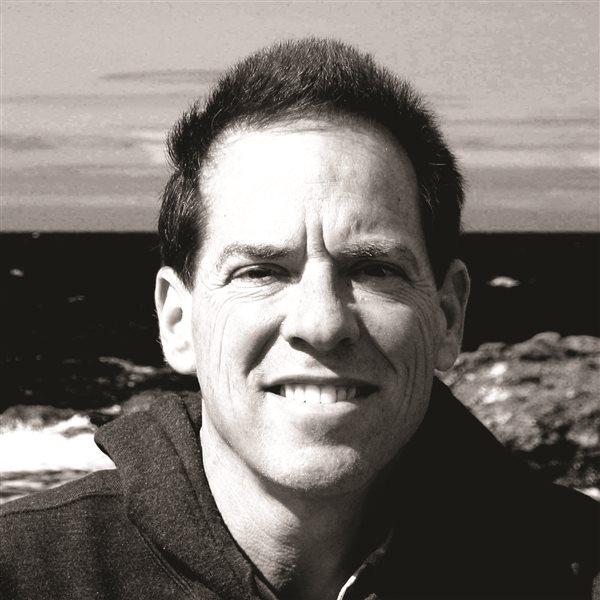Every pilot knows the difficulty of capturing the beauty of flight on film — yet pilot-photographer Adriel Heisey takes your breath away time and again with amazing aerial images.
Heisey began professional pilot training in Pennsylvania. "My girlfriend asked me to join her for a semester student teaching on the Navajo Reservation. I accepted the invitation and was immediately captivated by the landscape and Native culture of the Four Corners region of Arizona, New Mexico, Colorado, and Utah. It changed my life."
Vowing to return, he completed flight training and flew in the East for five years. "Finally, I realized that I'd only get out West by setting a date. So I gave notice and moved back to the Four Corners without a job."
After a stint piloting single-engine Cessnas on medical missions, Heisey joined the Navajo Tribal Government flight department in Window Rock, Arizona. That allowed him to hike remote reaches of the Four Corners area while living and flying in the heart of it. "Life here isn't for everyone," he admits. "You must adjust to remote living and being a minority in what's basically a third-world sovereign nation. But for me it was perfect."
On empty flight legs, Heisey delighted in photographing Southwest landscapes from the air. But the tribe sold its last single-engine airplane in 1990, and aerial photography wasn't feasible from the remaining Beechcraft King Airs. So on days off, Heisey built a Kolb TwinStar ultralight. To accommodate low-level photography, he replaced one seat with a camera- storage compartment, and improvised a control strap for flying with one leg while shooting handheld photos, changing film, and swapping lenses. "I've yet to drop anything," he says with a chuckle.
Heisey explains that when flying at altitudes of 30 to 600 feet, "my pusher prop and open-air perch allow shooting from straight-and-level flight, unlike in conventional aircraft where the need for uncoordinated slips and skids makes low-altitude photography dangerous." His TwinStar features a ballistic parachute in case of engine failure. "Even at 35 miles per hour," he says, "I fly in remote places where landing an open vehicle with no frontal protection could be deadly."
While photographing archeological sites near Phoenix last year, he was intercepted by a law enforcement helicopter and interrogated by the FBI. "I guess the ancients didn't anticipate the nearby nuclear power plant when locating their constructions," he observes.
Heisey's photographs have appeared in Smithsonian Magazine and National Geographic, on public television, and in many fine-art exhibits. He's now shooting the scenic upper Rio Grande.
Visit Adriel Heisey's Web site ( www.adrielheisey.com).



